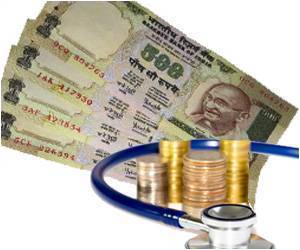The health insurance sector should seek inspiration from telecom companies to increase penetration in rural India, writes Mr Aman Gupta, Principal Advisor, India Health Progress in businessline.com.

Instead of awaiting customers at their portals and letting the markets evolve over decades, they went to the customers' doorsteps with irresistible products and prices. Insurance companies could well emulate telecom's success story to penetrate rural regions.
To begin with, insurers should understand the customer needs and expectations, and streamline services in many areas, including cost control, customer service, claims management, pricing and product innovation, among others. Indeed, product innovation could play a lead role in promoting penetration.
Secondly, insurers focus only on in-patient (hospitalization) policies, whereas the real business of healthcare lies in outpatient coverage.
Products should, therefore, include preventive healthcare such as routine checkups and regular tests, including eye and dental treatment. It's only upon hospitalization, however, that an insurance claim becomes tenable. Pricing is another crucial issue that makes or mars measures to penetrate rural markets. Since the majority of Indians possess limited purchasing power, insurers should introduce innovative products at varied price points with well-differentiated offerings — just like the telcos did.
Some public and private insurers have already introduced innovative products with premiums as low as Re 1 per day and Rs 10 per month, catering to individuals as well as to community insurance needs.
Worldwide, health insurance plays a key role in improving healthcare access. Adequate levels of health insurance attract investment in healthcare, such as in hospitals, laboratories, durable equipment, and consumables.
Even in India, an innovative public health insurance scheme designed for BPL families — Rashtriya Swasthya Bima Yojana (RSBY) — attracts many entrepreneurs to establish hospitals for the rural poor in India's hinterland.
RSBY notwithstanding, less than 15 per cent Indians have some form of health insurance, mostly under government-sponsored schemes. Barely 2.2 per cent have private health insurance. Of this, rural health insurance is less than 10 per cent. With massive under-penetration, India's health insurance sector is an excellent opportunity-in-the-making expected to expand at a CAGR of 15 per cent till 2015.
Source-Medindia
 MEDINDIA
MEDINDIA




 Email
Email










